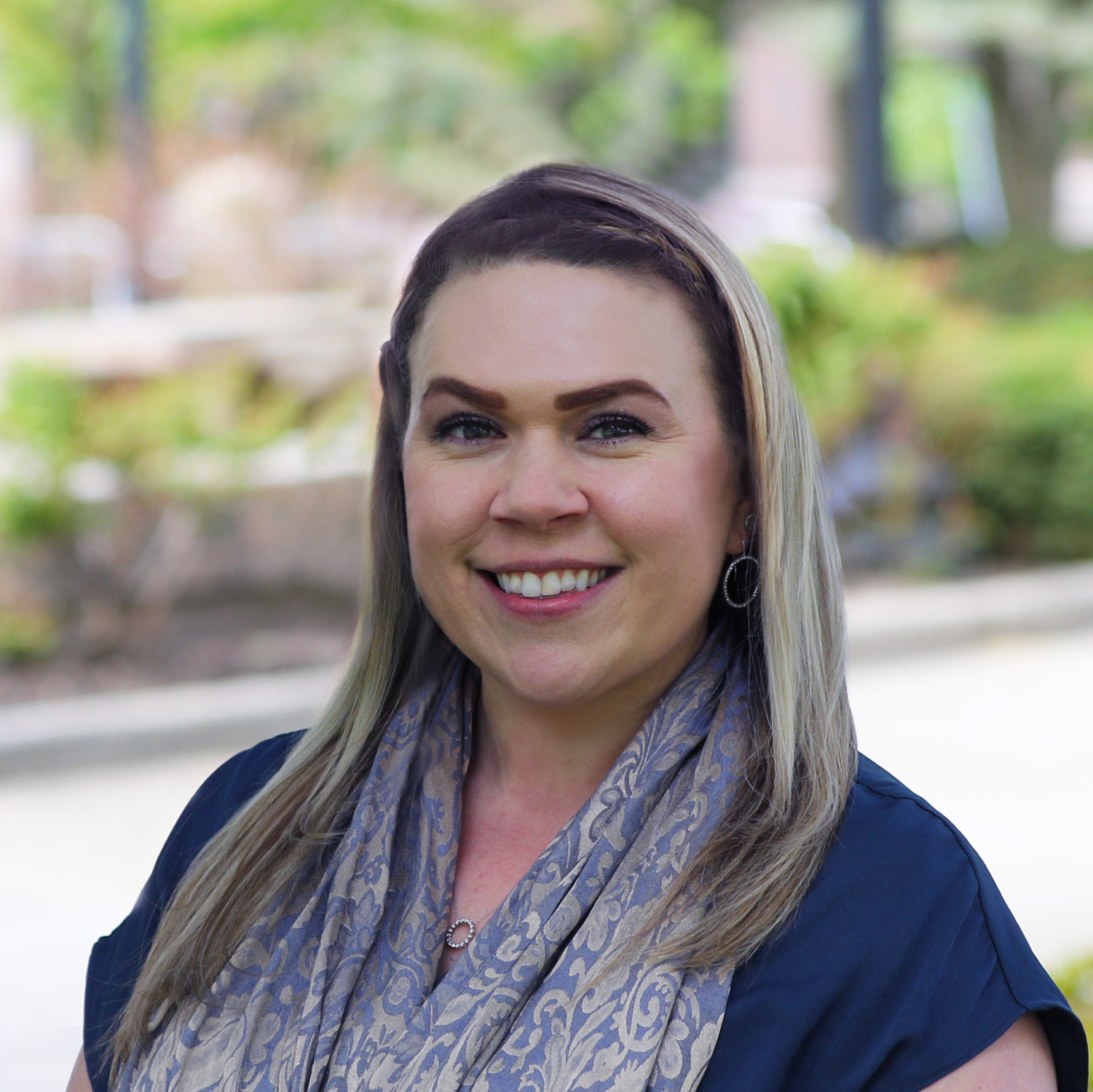Preparing the Future Workforce
How one state is providing options for students outside the classroom
Just as the ways to educate students is endless, so too are the opportunities to give families meaningful choice to prepare their children for the future.
At EdChoice, we’ve recently begun exploring options that exist that don’t hinge on the implementation of traditional school choice policies, explained EdChoice Vice President of External Relations Brian McGrath. In September, EdChoice partnered with The Policy Circle to host a discussion in Bozeman about the growing collaboration between nonprofits and Montana’s public schools to ensure all students are set up for career and lifelong success.
“The guiding light has got to be, ‘Are we creating better outcomes for the students?’” said Montana Gov. Greg Gianforte. “If we keep that in focus, all the other decisions become much simpler.”
While the core of EdChoice’s work remains policy and research driven, we’ve begun partnering with groups—including Reach Higher Montana, the Montana Chamber of Commerce, and American Jobs for America’s Youth—to add choice within the public school system to the menu of educational options for families.

“Students often say that they have exposure to career information systems in schools,” said Kelly Cresswell, executive director of Reach Higher Montana. “They may be able to job shadow, they may have a career fair, but what they really want that they don’t have enough of are those on-the-job experiences where they can see what it’s really like in that workplace. To be there, to see how teams work together, to practice employability skills, to explore all of the options that may be available in a business they were unaware of. They may look at a bank as a place where tellers and bankers work, but there’s so much more.”
In 2021, Montana created a workplace learning program authorizing school boards to add these experiences to the educational calendar and allow participating high schoolers to receive credit toward graduation. In some areas of the state, 40 percent of students graduate with some kind of certificate, Gianforte said.
“This is the kind of public-private partnership we should be encouraging,” he added. “We’re exposing kids at an earlier and earlier age to alternative career paths.”
James Easton, workforce strategist for the Montana Chamber of Commerce, shared experiences leading entrepreneurship education for students.
“It shifted my whole perspective on education,” Easton, a former school teacher, said of the program that allows students to apply for a microloan and test out a business model in the real world.
“You learn from success and failure,” he explained. “There were these girls who were selling cookies for $3.50 and they sold out in an hour. They were like, ‘We could have sold them for five dollars!’”
Gabrielle Eklund Rowley, executive director of American Jobs for America’s Youth, explained that the emphasis on workforce learning not only benefits students but employers, who often go on to hire the teens post-graduation.
“In communities that we are serving, the response is so robust the employers are so eager to sign up and host students and help develop the next generation of the workforce,” she said. “That’s been really inspiring to see.”
At its heart, Montana’s programs are about ensuring all students, whether they are on a college trajectory or pursuing an alternative career path, whether they are educated in the public or private system, have the opportunity to succeed in the appropriate environment to meet their needs and let their talents flourish.
“We know every child is different and when we provide more choice, we get better outcomes because one size does not fit all,” Gianforte said. “That is the theme that we have been following both within the public school system and the independent school system.”




